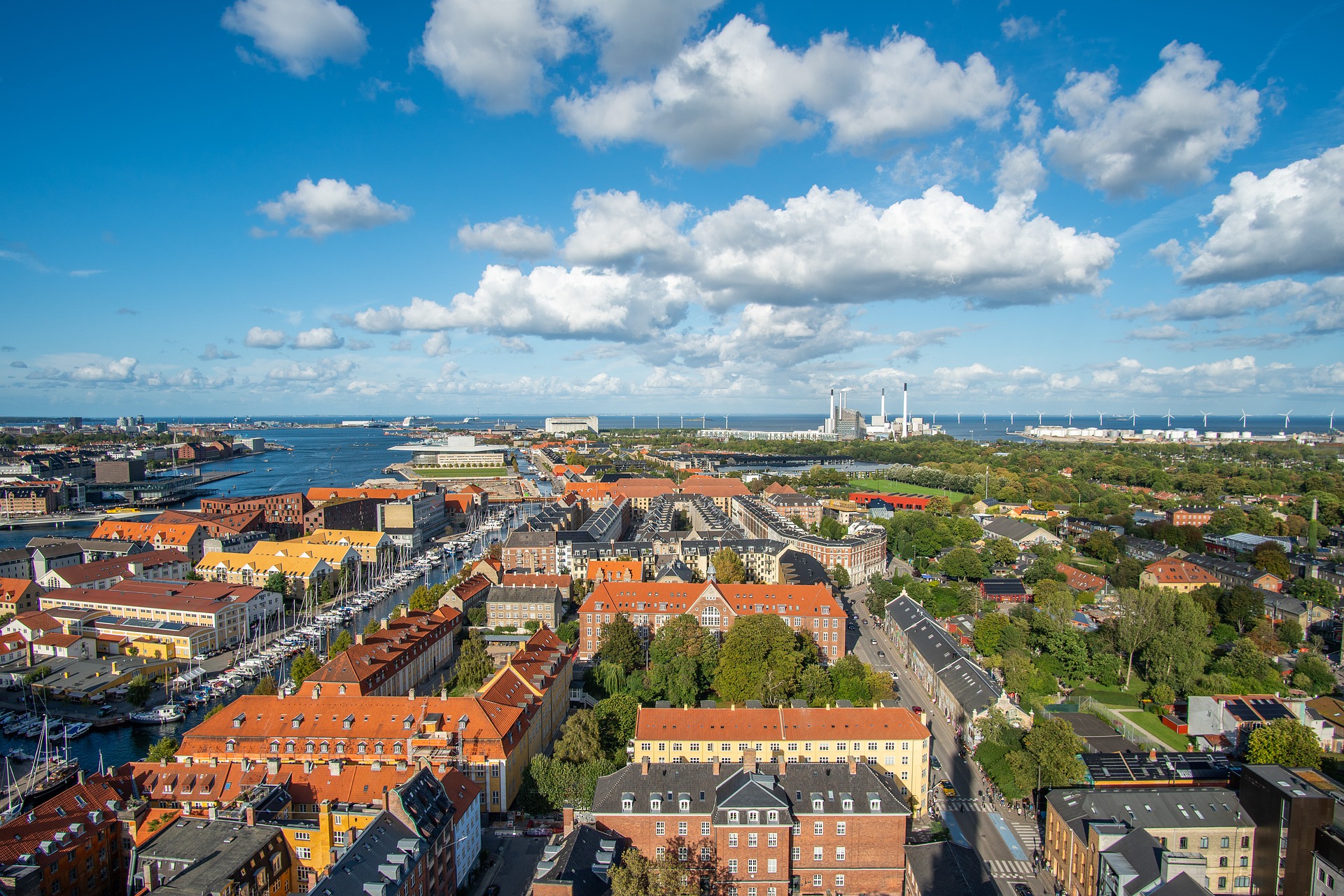

As a part of the project “The future supply of district heating in the capital area 2050” (FFH50), Ea Energy Analyses has done calculations on scenarios for the capital’s district heat supply in a spreadsheet model and in Balmorel.
The district heating system of the capital is most likely facing great changes over the next 10-20 years. New technologies, such as electrical heat pump systems or surplus heat from PtX and CCS plants, are expected to increasingly complement the current supply from waste and biomass CHP plants. There is therefore a need for doing comparisons of technologies and the setup of energy systems, in order to give an impression of the direction of the future district heating system in the capital area.
The effect of various combinations of production for the district heating system was analysed for 2025, 2030 and 2050 in the shape of costs, fuels usage, carbon emissions, and heat prices. The analysis was supported by a spreadsheet model to give an overview of technology comparisons by using calculations of Levilized Cost of Energy (LCOE) for existing and new technologies, as well as calculations for various combinations of energy systems for these technologies.
Supplemental hourly-based system calculations were done in the power system model Balmorel. This had several purposes: to test the scenarios, to assess the effect of fluctuating electricity prices in an energy system with high levels of sun and wind, to correct the hours of operation and heat production for the specific technologies, quality assurance of the total variable costs, and to be able to analyse system connections.
The work was carried out in collaboration with PlanEnergi from November 2020 to September 2021.
Ea has been involved with the publication of reports and briefs for the FFH50 project, these can be downloaded on this page (in Danish). For additional publications, go to this page.

Find information about one of our projects in Türkiye here.